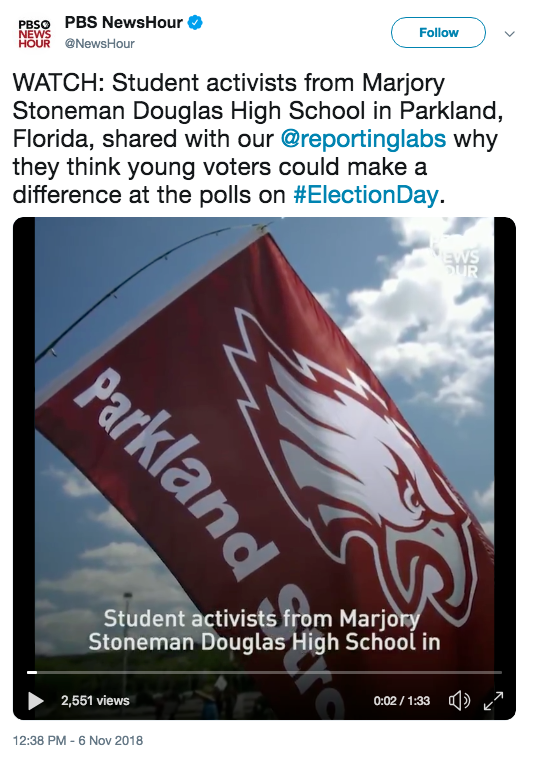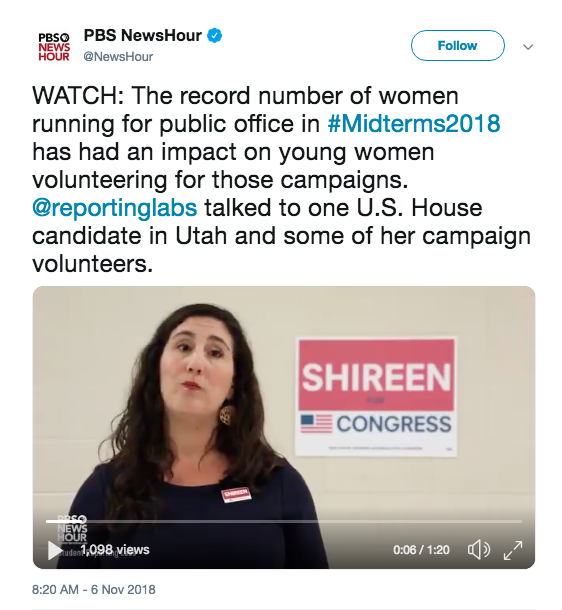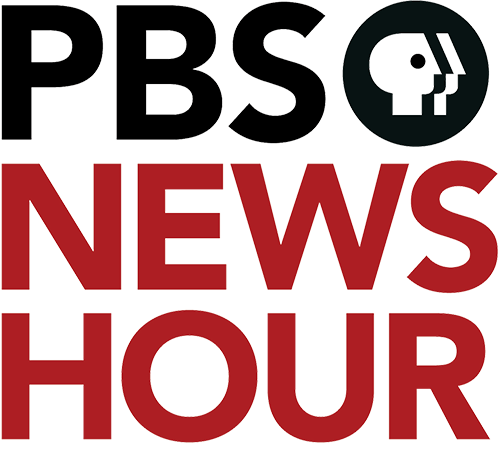SRL journalists add critical youth angle to NewsHour midterm election coverage
Unprecedented voter turnout in the 2018 midterm elections was a defining factor in the race for control of the House and Senate, and young voters demonstrated their potential to change the outcome of future elections.
According to the Federal Census Bureau, less than one in five eligible voters under 25 cast their ballots in the 2014 midterm elections. Data from the Center for Information and Research on Civic Learning and Engagement at Tuft’s University reported that 31% of 18-to-29-year-olds voted in the midterms this year — the highest rate of youth participation in seven elections.
As part of our series, Turning Out: The Youth Vote, we asked our student correspondents across the country to interview their classmates on the youth vote. Why do young people think so few of their peers show up at the polls? What issues would encourage them to participate in state and local elections?
Student journalists from 29 states produced over 300 interviews, some of which were compiled into segments that aired on the NewsHour broadcast four days in a row. Their responses provide a look into what was on the minds of young people across America leading up to the 2018 midterm elections.
“A specific issue that’s [motivating] me a lot is DACA,” said Axel Siliezar, a student from Northview High School in Covina, California. “I am an international student, I’ve been here for two years.”
“If the school really encourages [voting], and the teachers encourage it, and in fact make it a part of the curriculum, it can be really encouraging,” said Joseph Izampuye, a student at Judge Memorial Catholic High School in Salt Lake City, Utah.
NewsHour also published full-length reports from several SRL correspondents. In Florida, Mason Berger from Pine Crest School interviewed individuals and organizations turning the tide on the youth vote. Berger talked to high school students who plan on voting for the first time, as well as representatives from NextGen America and the Florida Federation of Young Republicans, two political advocacy groups aimed at registering millennial voters to turn out.
“When I first set out to do a story about first-time voters in Florida, I was not expecting the sheer volume of work being done to engage young voters,” Berger said. “I had always read that politicians ignored younger voters, given their tendency to not show up at the polls. So it was very interesting hearing about strategies targeted specifically at this generally overlooked group of voters.”
“It’s good for young voters to see that there are organizations and campaigns that care about their vote. It can be discouraging for young people to constantly hear that their opinion doesn’t matter or that their vote won’t matter. This story, I hope, proves otherwise.”
In Virginia, students from Dominion High School had the opportunity to interview senatorial candidates Republican Corey Stewart and incumbent Democratic Senator Tim Kaine. They focused their discussions on two issues important to young voters: immigration and gun control.
Students from Christopher Columbus High School in Florida interviewed students from Marjory Stoneman Douglas High School, where a mass shooting killed 17 students and staff members. The report was widely shared on NewsHour’s social media platforms.

This year’s midterms also saw a rise in minorities and women running for office. Students at Judge Memorial Catholic High School in Salt Lake City, Utah, spoke with one candidate, Shireen Ghorbani, who thinks of this election as a domino effect, causing more young women to volunteer for campaigns and become more civically engaged.

NewsHour Extra Lessons:
Student Voices: Here are the election issues most on teenagers’ minds






